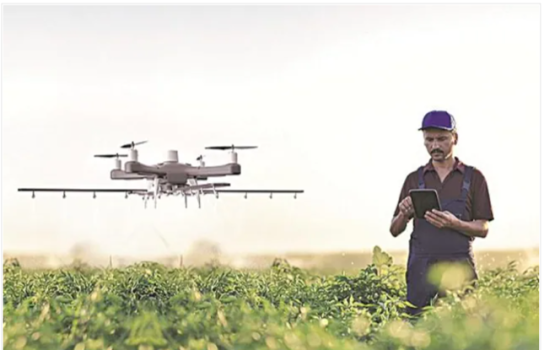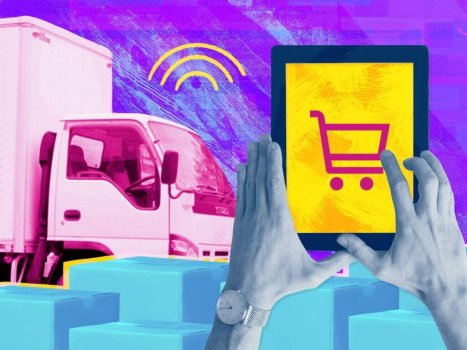Why Artificial Intelligence could be a game-changer for the Indian economy
- Technology Solutions
- 0 Replies
In the last few years, especially in the last decade when computers have shrunk to the size of handhelds and mobile devices have become primary tech devices for everyone, Artificial Intelligence has made quantum leaps in its ease and range of use, thus becoming ubiquitous in the broadest sense of the term.
AI pervades across business-to-consumer (B2C) and business-to-business (B2B) organizations in ways that have exponentially raised the value proposition for both; AI enhances what basic technology already provides in terms of speed, multitasking, ease of operation, enabling, and overall efficiency. The enabling of businesses and consumers has come on the back of vast advances in all areas of artificial intelligence, particularly in the realm of machine learning, natural language processing and cognitive services.
Benefits of AI in Business
For businesses, especially those that are interaction-oriented, the benefits of AI are obvious. With the masses of data that need to be processed, AI can help process and classify the data to address specific targeted goals and results. Decision-making in complex scenarios becomes immensely quick, accurate, and consistent. Supply chain streamlining is another area where AI, robotics, and algorithms can contribute significantly. AI also helps in automating processes, apart from improving security. All of this ultimately leads to greater efficiency at lesser cost. By cutting overheads and making processes lean and clean, AI helps businesses do more for less, thus making growth and expansion faster and cheaper.
Continue reading: https://yourstory.com/2022/03/conversational-ai-chatbot-startups-customer-engagement/amp?utm_pageloadtype=scroll
AI pervades across business-to-consumer (B2C) and business-to-business (B2B) organizations in ways that have exponentially raised the value proposition for both; AI enhances what basic technology already provides in terms of speed, multitasking, ease of operation, enabling, and overall efficiency. The enabling of businesses and consumers has come on the back of vast advances in all areas of artificial intelligence, particularly in the realm of machine learning, natural language processing and cognitive services.
Benefits of AI in Business
For businesses, especially those that are interaction-oriented, the benefits of AI are obvious. With the masses of data that need to be processed, AI can help process and classify the data to address specific targeted goals and results. Decision-making in complex scenarios becomes immensely quick, accurate, and consistent. Supply chain streamlining is another area where AI, robotics, and algorithms can contribute significantly. AI also helps in automating processes, apart from improving security. All of this ultimately leads to greater efficiency at lesser cost. By cutting overheads and making processes lean and clean, AI helps businesses do more for less, thus making growth and expansion faster and cheaper.
Continue reading: https://yourstory.com/2022/03/conversational-ai-chatbot-startups-customer-engagement/amp?utm_pageloadtype=scroll


























